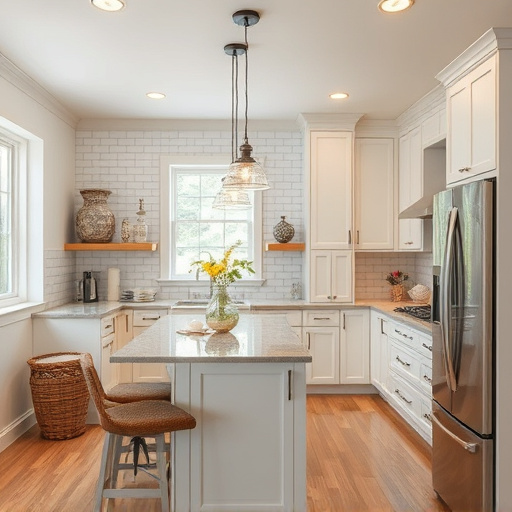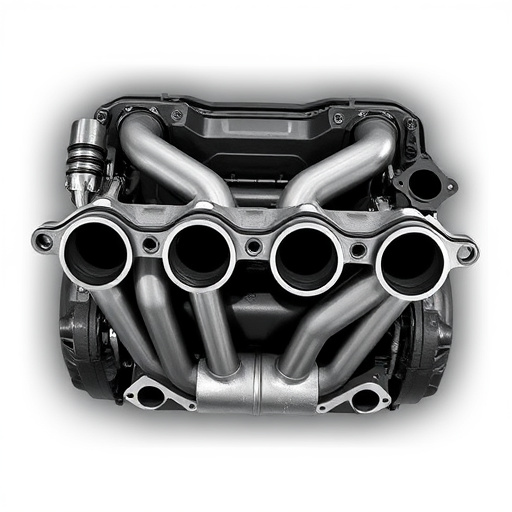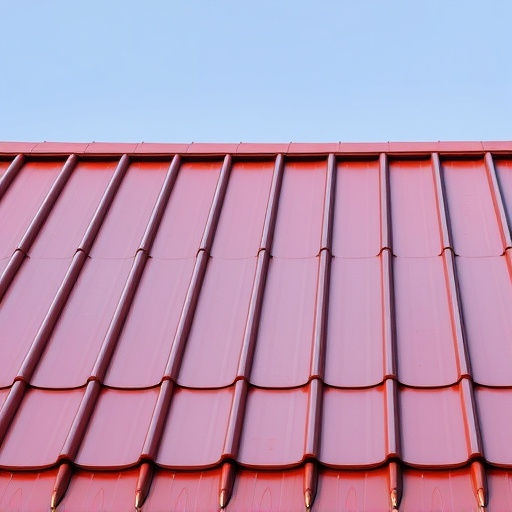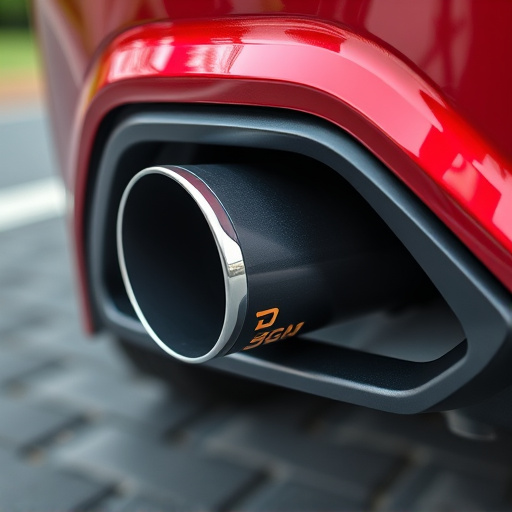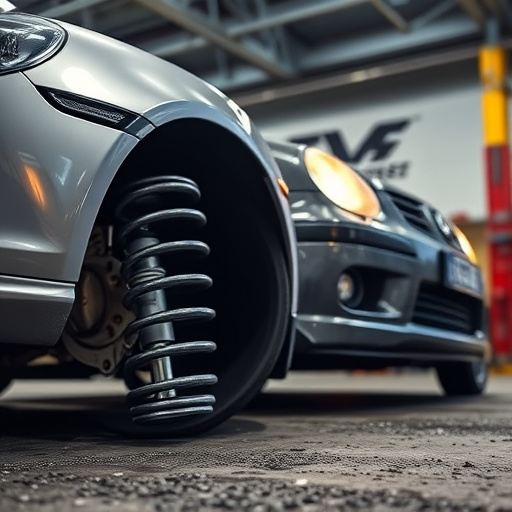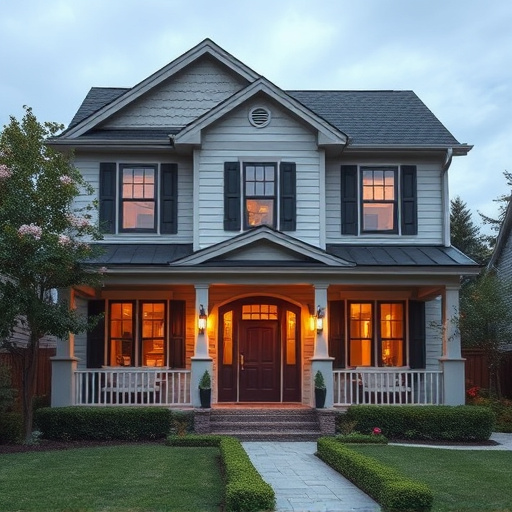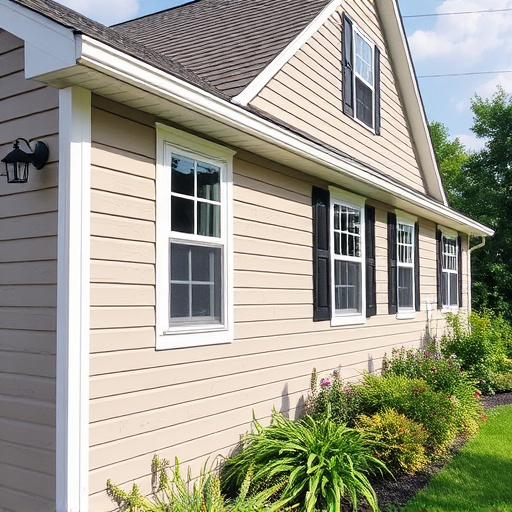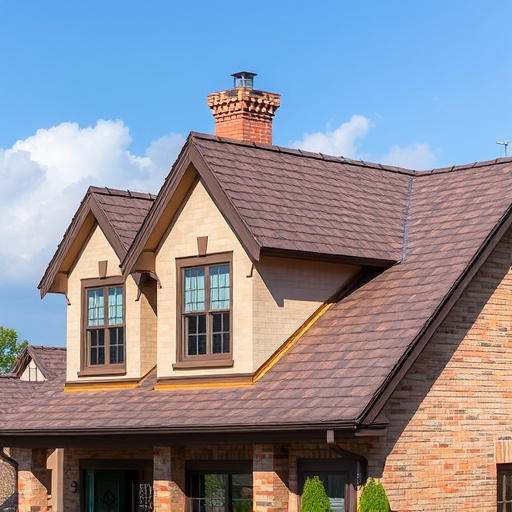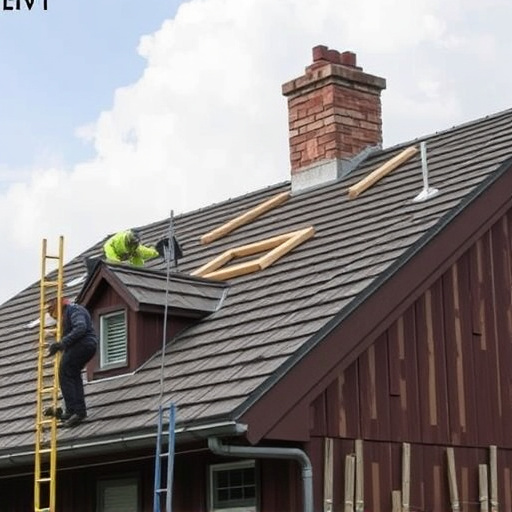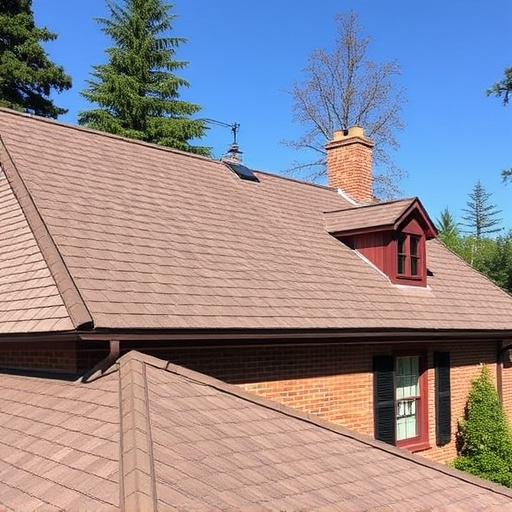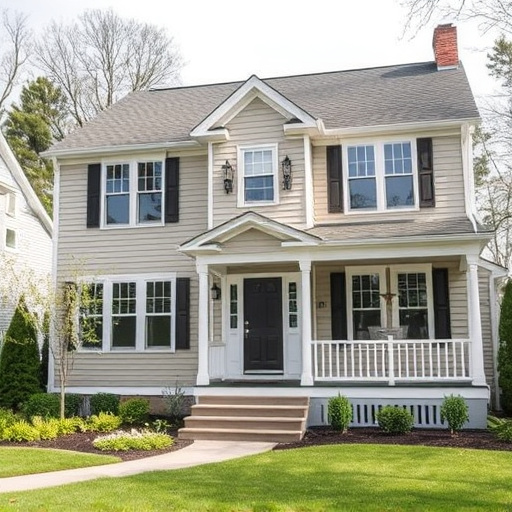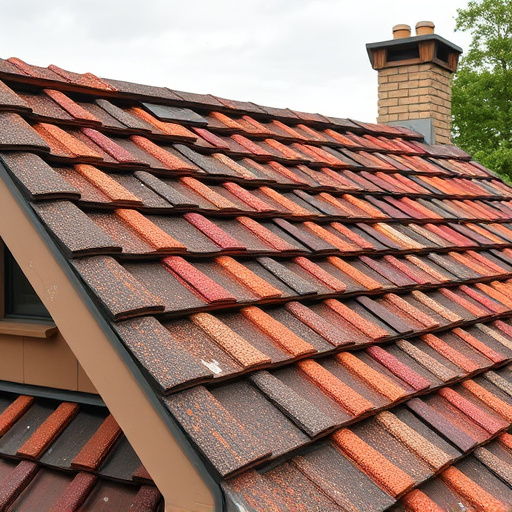Before upgrading siding, conduct a thorough exterior assessment. Inspect for visible damage like cracks, peeling, and moisture intrusion. Evaluate structural integrity, especially around windows and doors. Consult professionals for insights on damage extent and seamless integration of services. Regular inspections reveal less apparent issues like rot to ensure effective new siding installation.
Before embarking on a siding upgrade, thorough inspection of existing damage is crucial. This guide walks you through assessing your exterior condition—visually inspecting siding, identifying signs of wear, and evaluating structural integrity. Understanding the scope of work involves determining repair vs. replacement needs and planning accordingly. Safety first! Learn essential preparation measures, from tools to protecting property, ensuring a successful and smooth siding upgrade.
- Assessing Exterior Condition
- – Visual inspection of the current siding
- – Identifying common signs of damage and wear
Assessing Exterior Condition
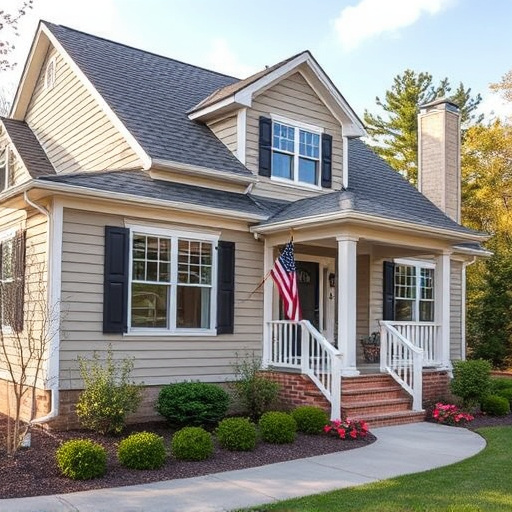
Before embarking on a siding upgrade, it’s crucial to meticulously assess the exterior condition of your home. This involves thoroughly inspecting the current siding material for any visible damage, including cracks, peeling, or warping. Look for signs of moisture intrusion, such as stains or mold growth, as these issues can indicate larger structural problems that may require attention during the upgrade process.
Paying close attention to the overall structure and integrity of the exterior is also vital. Check for loose or missing shingles or tiles on your roof, as well as any signs of rot or damage around windows and doors. Engaging the services of a professional roofing and siding contractor can provide valuable insights into the extent of the damage and ensure that your home exterior services are seamlessly integrated during the siding upgrade process.
– Visual inspection of the current siding
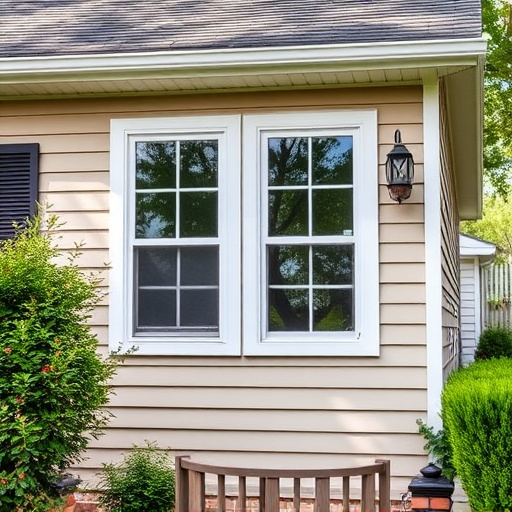
Before diving into a siding upgrade, it’s crucial to conduct a thorough visual inspection of your home’s existing siding. This initial assessment will provide valuable insights into the scope of work required and help identify any underlying issues that might need attention. Walk around your property and examine the siding from various angles, looking for cracks, chips, peeling, or any signs of water damage. These defects could indicate problems with ventilation, improper installation, or even pest infestations.
Focus on areas prone to damage, such as corners, edges, and places where flashing meets the siding. Also, check for sagging, warping, or loose panels, which might signal structural issues or poor maintenance. If you notice any significant damage, it’s advisable to consult with roofing services or roofing and siding professionals who can assess and recommend solutions before proceeding with your siding upgrade. This step ensures a seamless transition and prevents future problems, making your home more energy-efficient in the long run.
– Identifying common signs of damage and wear
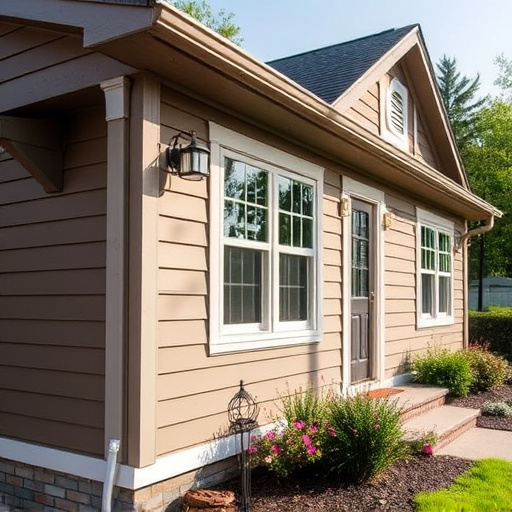
When considering a siding upgrade, it’s crucial to first assess the existing damage and wear on your home’s exterior. Common signs include cracked or peeling paint, visible holes or splits in the siding, and loose or missing boards. These indicators point to potential issues with water penetration, insect infestation, or structural weaknesses that need addressing before installing new siding.
Regular inspection also helps identify less apparent problems like rot or decay at the corners or under the roofline, which can significantly impact the longevity of your new siding. Engaging a professional roofing consulting service can offer valuable insights and home service solutions tailored to your needs. By pinpointing these issues early on, you ensure that your siding upgrade not only enhances the curb appeal but also provides effective protection against the elements, ensuring the integrity of your home’s exterior for years to come.
Before embarking on a siding upgrade, a thorough inspection of existing damage is crucial. By visually assessing the current siding and identifying common signs of wear and tear, you can ensure that your new installation addresses all necessary repairs. This proactive approach not only saves time and money in the long run but also guarantees a more durable and aesthetically pleasing finish for your home’s exterior.
